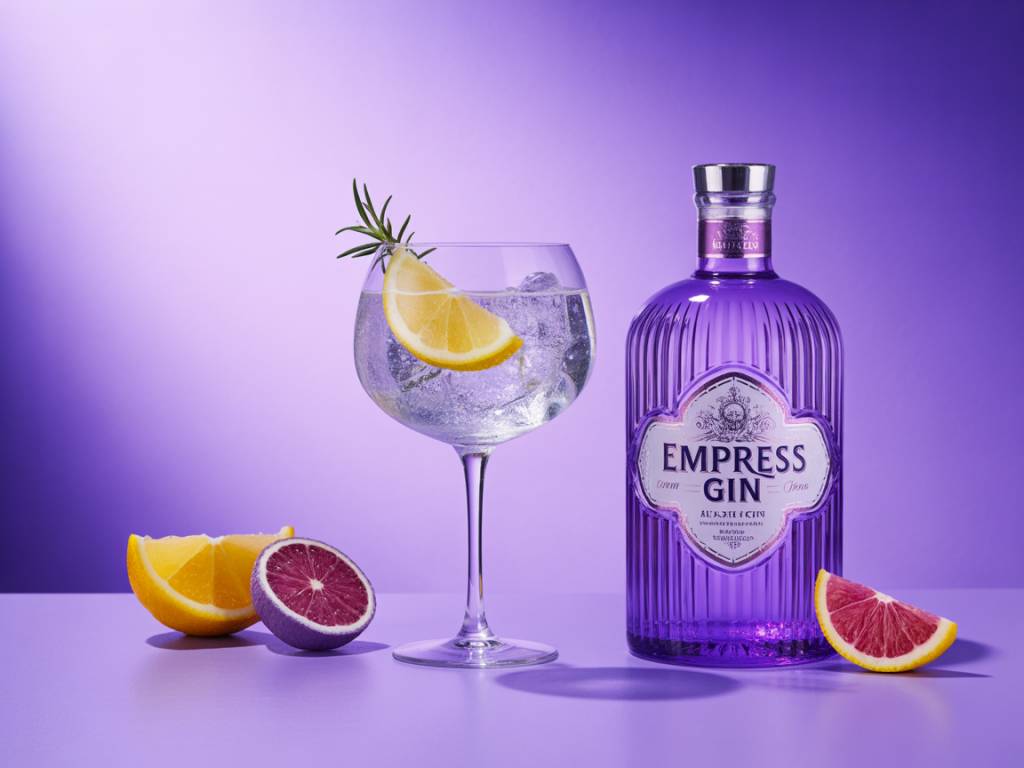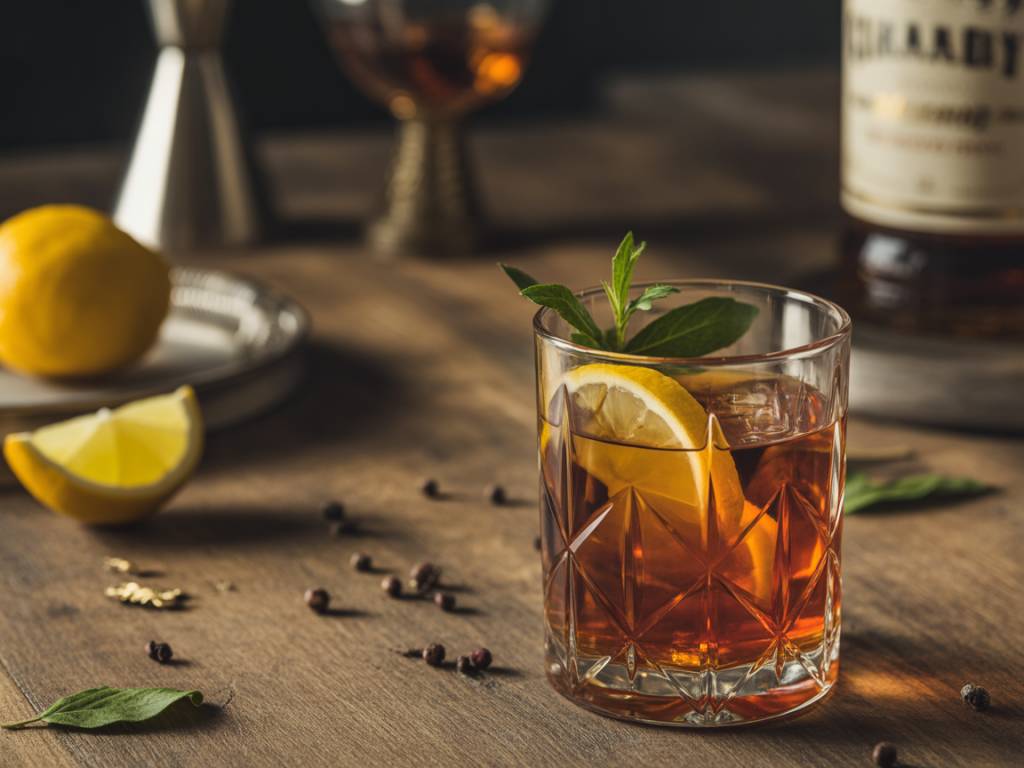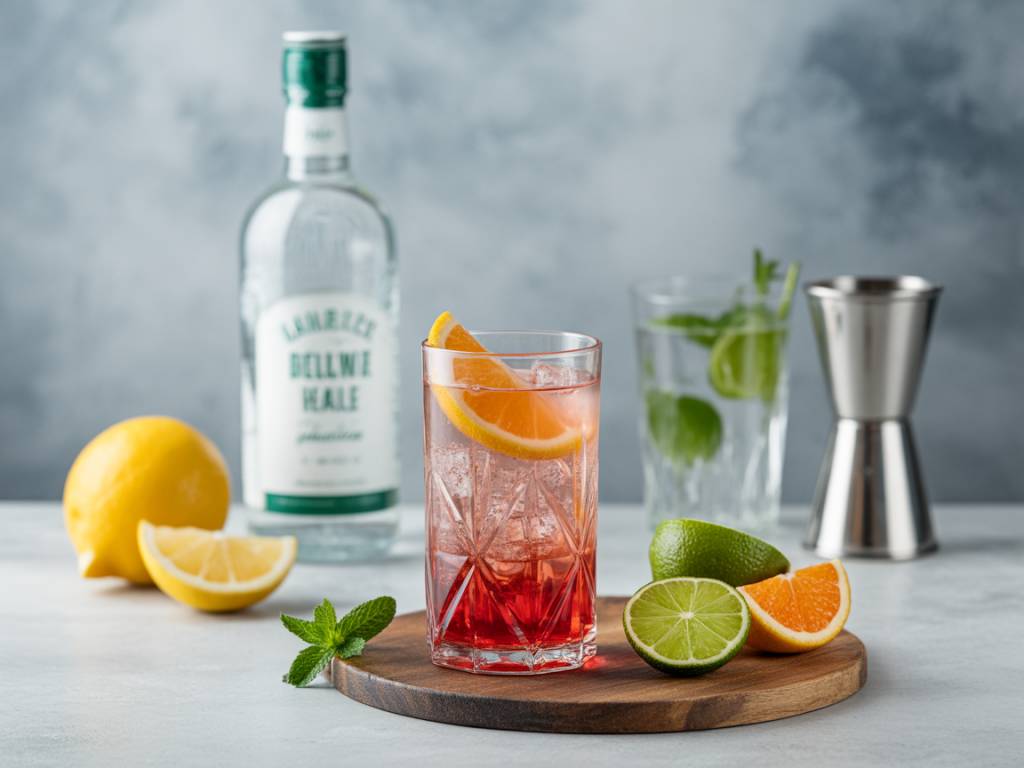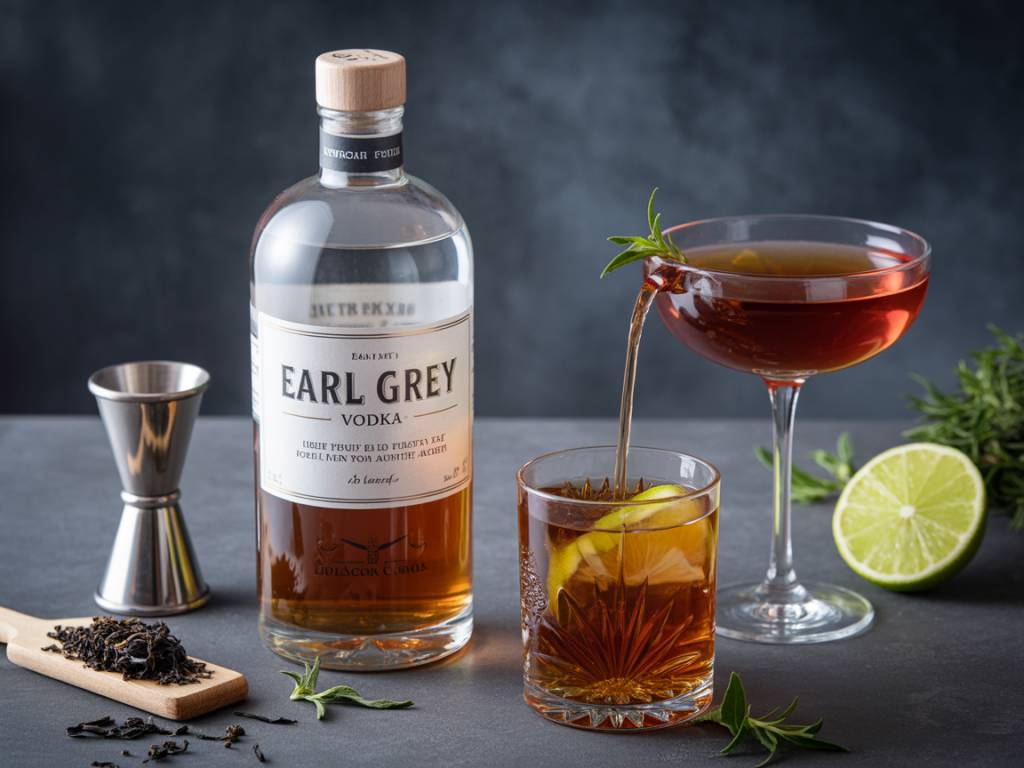What Makes Empress Gin Purple?
Walk into any well-stocked bar or scroll through a cocktail-obsessed Instagram feed, and there’s a good chance you’ll spot a bottle of Empress 1908 Gin. It’s hard to miss — its violet-blue hue practically begs to be poured. But what exactly gives Empress its signature color? Is it artificial? Is it magic? Or is it just really clever marketing?
Let me spare you the suspense: it’s all thanks to a flower. More specifically, the butterfly pea blossom.
The Secret Ingredient: Butterfly Pea Blossom
Empress Gin gets its gorgeous indigo hue from an infusion of Clitoria ternatea — also known as butterfly pea flower. Native to Southeast Asia, this blossom has been used for centuries to color tea, rice, and traditional desserts. When steeped, it releases a vivid blue pigment that changes color based on pH. Yes, color-changing booze is real.
This isn’t some gimmick cooked up in a marketing meeting; it’s legit chemistry. Butterfly pea flower is packed with anthocyanins, the same plant-based pigments found in blueberries and red cabbage. These compounds are pH-sensitive, and this is where the cocktail magic happens:
- Add citrus? The gin transforms from blue to a stunning lavender or soft pink.
- Mix it with tonic water? Depending on the brand, it could shift to fuchsia or a light mauve.
- Keep it neutral? You get that deep, royal indigo straight from the bottle.
So no, there are no food dyes in Empress Gin. Just flowers — and a bit of science that would make high school chem class way more fun if alcohol were involved (which, obviously, it shouldn’t be).
Why Butterfly Pea Flower? Why Now?
Let’s rewind a bit. Empress 1908 Gin was born from a collaboration between Victoria Distillers in British Columbia and the Fairmont Empress Hotel. The hotel’s renowned tea service became the inspiration point, and butterfly pea flower — already used in herbal teas — was the unexpected star ingredient.
When they infused it into the gin, it did more than just add a show-stopping color. It brought a slightly earthy, floral note that complements the more traditional botanicals. The result? A gin that’s complex enough to stand up in a martini, but visually playful enough to make an impression in any highball or fizz.
In a world where craft spirits are exploding and bottle shelf aesthetics matter almost as much as taste, the color came as a bonus — but a brilliant one.
How Empress 1908 Compares to Classic Gins
Color aside, Empress 1908 Gin is still, at its heart, a London Dry-style gin. Its base is a classic corn spirit distilled with juniper, coriander, grapefruit peel, ginger root, cinnamon bark, rose petal, and of course, that now-famous butterfly pea flower. These eight botanicals give it a layered profile without overwhelming the palate.
So is Empress just a pretty face? Not at all. I’ve used it behind the bar enough times to tell you: it behaves like a serious gin, not a novelty spirit. It just happens to wear a tuxedo of ultraviolet.
How to Work With Empress in Cocktails
Here’s the deal: if you’re making cocktails that already showcase color and transformation, Empress is your new best friend. It’s not for muddled drinks with dark syrups that will muddy the hue. Think crisp, clear, acidic, and effervescent — drinks that let the gin’s tint shine.
Here are a few go-to ideas:
- Empress & Tonic: Classic. Use a neutral tonic like Fever-Tree Indian Tonic to let the color shift take center stage. Garnish with a grapefruit wheel or lavender sprig for some extra pop.
- Color-Changing Sour: Shake Empress with lemon juice and simple syrup. Watch the drink turn from blue to violet right before your eyes. Serve up, like any well-made sour.
- Empress French 75: Swap in Empress for your base gin, top with dry sparkling wine and a squeeze of lemon. It’s elegant enough for brunch or date night.
I once had a guest order three rounds just to film the transformation each time. Was it for the flavor? Maybe. Was it for TikTok? Absolutely. But who’s complaining when the drink’s that good?
Pro Tips When Pouring Purple
While the color-changing effect is fun, a few technical notes will help you avoid rookie mistakes:
- Don’t mix Empress with creamy liqueurs — the color will turn grayish and unappetizing. Think fresh, not dairy.
- Use acid carefully. Citrus will shift the hue fast — consider pre-mixing to control the final tone.
- Clear glassware matters. Show off that color in coupes, highballs, or collins glasses. Don’t hide it in opaque mugs or tumblers.
- Store in a cool, dark spot. The butterfly pea pigment can fade if over-exposed to light over time. Keep it looking vibrant by keeping the bottle out of the sun.
Is the Color a Gimmick? Let’s Talk Authenticity
Here’s something I love about Empress 1908: it could’ve easily gone full gimmick. Add glitter, slap on a rainbow label, and market it to the novelty crowd. But they didn’t. The team behind the gin committed to a small-batch, quality-first process. No artificial flavors or dyes, nothing added just for show.
The color is real. The flavor is real. And the drink experience? Well, it’s like a chemistry experiment you get to sip and enjoy.
Behind the bar, authenticity matters. A guest might order Empress for its looks, but they’ll order it again because it tastes like a proper gin. And as a bartender, that’s what counts: delivering drinks that bring both performance and flavor to the glass.
Final Thoughts From Behind the Bar
Empress 1908 Gin isn’t just another “pretty bottle” on the back shelf. It’s a thoughtful, well-crafted spirit that happens to wear a striking purple coat — and that coat reacts playfully with the right mixers. It’s a gin that practically demands creativity, and that’s gold for anyone who loves playing with recipes and presentation.
So next time you’re building a cocktail menu — for a party, a pop-up, or just your evening wind-down — and you want something that makes your drink not only taste elegant but look like a total show-stopper? You know which bottle to reach for.
And if someone asks why your martini is purple, you’ll have the answer. It’s not a trick. It’s not dye. It’s not unicorn tears. It’s just science, gin, and a little floral flair from a flower that knows how to work the spotlight.
Cheers,
Jack Morel





